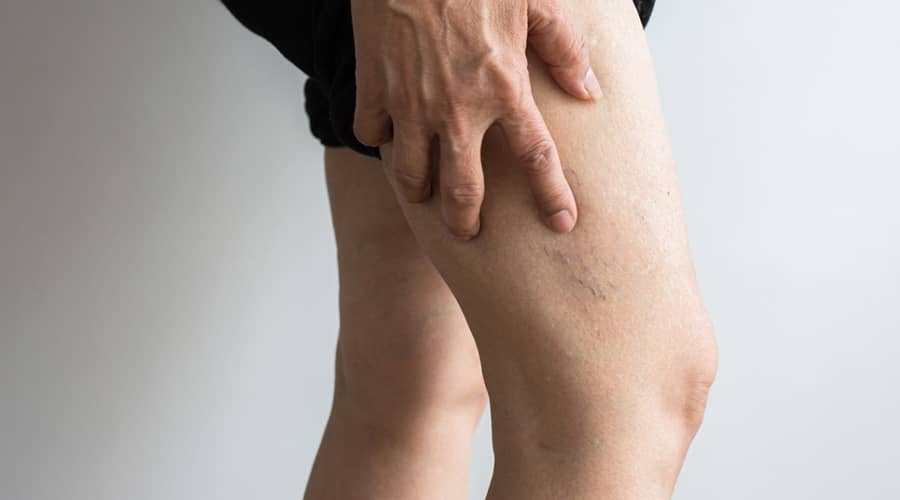



10 Early Warning Signs of Blood Clot Formation
Blood clots (thrombi) form during the coagulation process, when blood thickens into a gel-like state. Normally, clotting plays a crucial role in stopping bleeding and protecting the body from excessive blood loss.
However, when blood clots form in deep veins (such as those in the legs), they can pose a serious health risk. This condition is called deep vein thrombosis (DVT), which can block blood flow and lead to severe complications if the clot travels through the bloodstream to the lungs or heart.
Below, we’ve collected the most important warning signs of blood clots. If you notice any of these symptoms, seek medical attention immediately.
1. Rapid Heartbeat (Tachycardia)
When a blood clot reaches the lungs, a pulmonary embolism can occur. This may cause chest pain and lead to tachycardia (a rapid heartbeat). The reason for the increased heart rate is the drop in blood oxygen levels, as the clot interferes with normal gas exchange. The body tries to compensate for the oxygen shortage by increasing heart activity.
2. Shortness of Breath
Sudden onset of shortness of breath is another leading symptom of pulmonary embolism, caused by a clot that becomes lodged in the lungs. This is a medical emergency and requires immediate intervention.
3. Dry Cough
Another sign of blood clots in the lungs is a persistent dry cough, often accompanied by shortness of breath, rapid heartbeat, and chest pain. In severe cases, coughing up blood may occur, indicating an urgent situation.
4. Chest Pain
Sharp, stabbing chest pain—especially when taking a deep breath—can be a symptom of pulmonary embolism. Although it may resemble a heart attack, pulmonary embolism is typically associated with breathing difficulty. Emergency medical help should be called in such cases.
5. Red or Dark Discoloration of the Limbs
Unexplained red or dark patches on the skin of the legs may indicate the presence of a blood clot. The affected area often feels warm, tender, and painful, particularly when pulling the toes upward.
6. Limb Pain
Pain caused by blood clots can resemble muscle cramps, but it often occurs during movement, such as walking or bending the limbs. While pain alone is not enough to diagnose deep vein thrombosis, medical evaluation is necessary if it appears along with other symptoms.
7. Limb Swelling
Sudden swelling in one leg or ankle may be a serious sign of deep vein thrombosis. In these cases, the blood clot can dislodge at any moment and reach vital organs like the lungs, requiring immediate medical attention.
8. Red Streaks on the Skin
Red streaks along the veins visible on the skin may also point to blood clot formation. The affected area may feel warmer than the surrounding skin. This is not just a simple bruise, but potentially a serious condition that needs urgent treatment.
9. Vomiting
Vomiting—especially when paired with severe abdominal pain—can be a symptom of mesenteric ischemia, which occurs when a blood clot blocks vessels in the abdominal area. Oxygen deprivation can also cause nausea, vomiting, and bloody stool.
10. Vision Loss in One Eye
Sudden, painless vision loss in one eye may result from an occlusion in the central retinal artery. This condition demands immediate medical attention, especially if accompanied by dizziness or balance issues.
If you experience any of these symptoms, consult a doctor without delay. Recognizing the signs of blood clots early and getting timely treatment can save lives. Left untreated, blood clots can lead to serious or even life-threatening conditions such as pulmonary embolism or stroke. Knowing and acting on the signs of blood clots could be the most important health decision you make.








HillVital balms are your reliable support for an active life, crafted from natural ingredients!